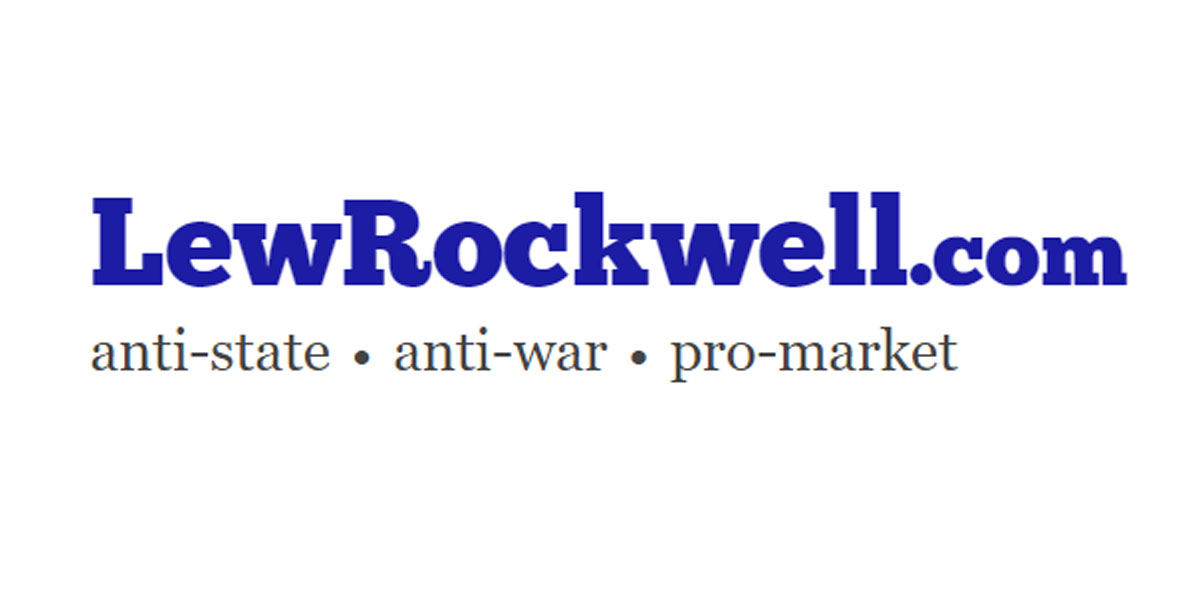By Matt Taibbi
The last time we let “sexed up” intelligence guide policy, we were led to war in Iraq. The 2017 Intelligence Community Assessment caused America to declare war on itself.
In the New York Times on October 5, 2002, reporter Michael Gordon authored “C.I.A. Says Iraq Revived Forbidden Weapons Programs After the U.N. Inspectors Left.” It reported “a classified National Intelligence Estimate on Iraq’s programs to make weapons of mass destruction was provided to Congress early this week,” and quoted an unclassified summary of that Estimate, or NIE, saying “although Saddam probably does not yet have nuclear weapons… he remains intent on acquiring them.”
A month earlier, Gordon worked with Judith Miller to co-author what was to become an infamous article, “U.S. Says Hussein Intensifies Quest for A-Bomb Parts.” That piece was based on interviews with George W. Bush administration officials who previewed the public case for war, claiming “Iraq has sought to buy thousands of specially designed aluminum tubes” that “could be used to make centrifuges to enrich uranium.” Miller and Gordon added that technical specifications “persuaded American intelligence experts” that the attempted tube purchases were for Iraq’s nuclear program.
Both articles were important parts of the Bush administration’s case for war, but the second was more impactful than the first. Everyone knew the White House was hot to take out Hussein, but news that a major intelligence report backed the administration’s belief about a reconstituted Iraqi nuclear program suggested widespread agreement across government about the White House’s conclusions. The CIA’s “intent on acquiring them” line was critical in helping Bush build public consensus and gain congressional approval to attack. As Gordon noted, the report came at “a critical juncture in the Congressional debate over the possible use of force.”
As it turned out, the 2002 NIE was a pioneering effort in a new form of executive mischief, one that wedded selective releases of classified research to suppression of dissent to build public cases for action, with secrecy rules guaranteeing long delays between initial public deceptions and later disillusioning revelations. This practice is at the center of today’s Racket/Public story about how the January 6, 2017 report that “Cooked the Intelligence” to hide that Russia didn’t fear a Clinton presidency, and people of all political persuasions should care about it because the corruption issue isn’t partisan.
This is a process problem, and what was laid out to us about the crooked techniques used to “cook” the last surviving myth of the Russiagate era — that Vladimir Putin ordered an “influence campaign” to help Trump — could be used by any party, any administration, any group of intelligence officials seeking to use a bogus pretext to do something nasty.
Using dubious foreign conclusions to buttress the initial domestic campaigns is part of the pattern. The October 2002 American report on “Iraq’s Continuing Programs for Weapons of Mass Destruction” was written on the heels of a British assessment from September 24, 2002, that among other things claimed that some of Saddam Hussein’s WMDs were ready for deployment “within 45 minutes of an order to use them.” Not until a year later, in August of 2003, did reports begin to emerge sourced to British dossier scientist David Kelly that the UK assessment had been “sexed up.” British journalist Alistair Campbell described talking to Kelly, who said he’d been told a week before publication that the British report was insufficiently exciting. From the Guardian:
“He said ‘until the last week, it wasn’t very exciting, it was transformed the week before publication.’
“I said ‘To make it sexy?’ and he said ‘Yes, to make it sexy.’”
For the U.S., the WMD story fell apart on the ground in Iraq, where searches came up empty, but it also fell apart on paper, as intelligence secrets began to leak out. On July 25th, 2003, after the invasion, a paper called “Declassified and Released Excerpts of the October 2002 National Intelligence Estimate on Iraq,” was released that began to hint at things the public wasn’t told in October 2002. Lines like We have low confidence in our ability to assess when Saddam Hussein might use WMD stood out.
Only in 2015, when the 2002 NIE was finally declassified, did we find out how badly our own intel had been “sexed up.” A remarkable array of crude tricks was used to manipulate opinion toward invasion. A little white-out transformed “We judge that Iraq has continued its weapons of mass destruction (WMD) programs” into the far more convincing pre-invasion line: “Iraq has continued its weapons of mass destruction (WMD) programs.”
The early NIE also redacted dissenting opinions from the Department of Energy, the Air Force, and the intelligence wing of the State Department, the Bureau of Intelligence and Research (INR), reduced to a distant implication in lines like “most analysts assess” or “most analysts believe.” Officials even added lines for the public’s benefit only about Saddam having biological agents capable of threatening “the US Homeland.” It was all a scam…
READ FULL ARTICLE HERE… (lewrockwell.com)
Home | Caravan to Midnight (zutalk.com)







Be First to Comment